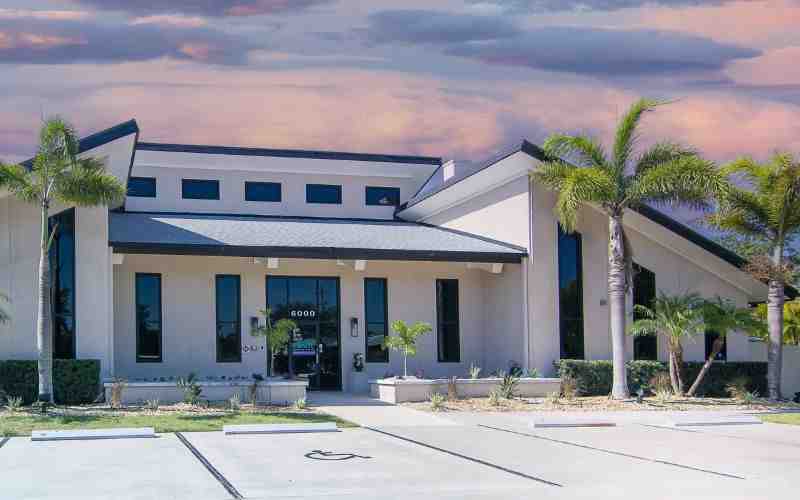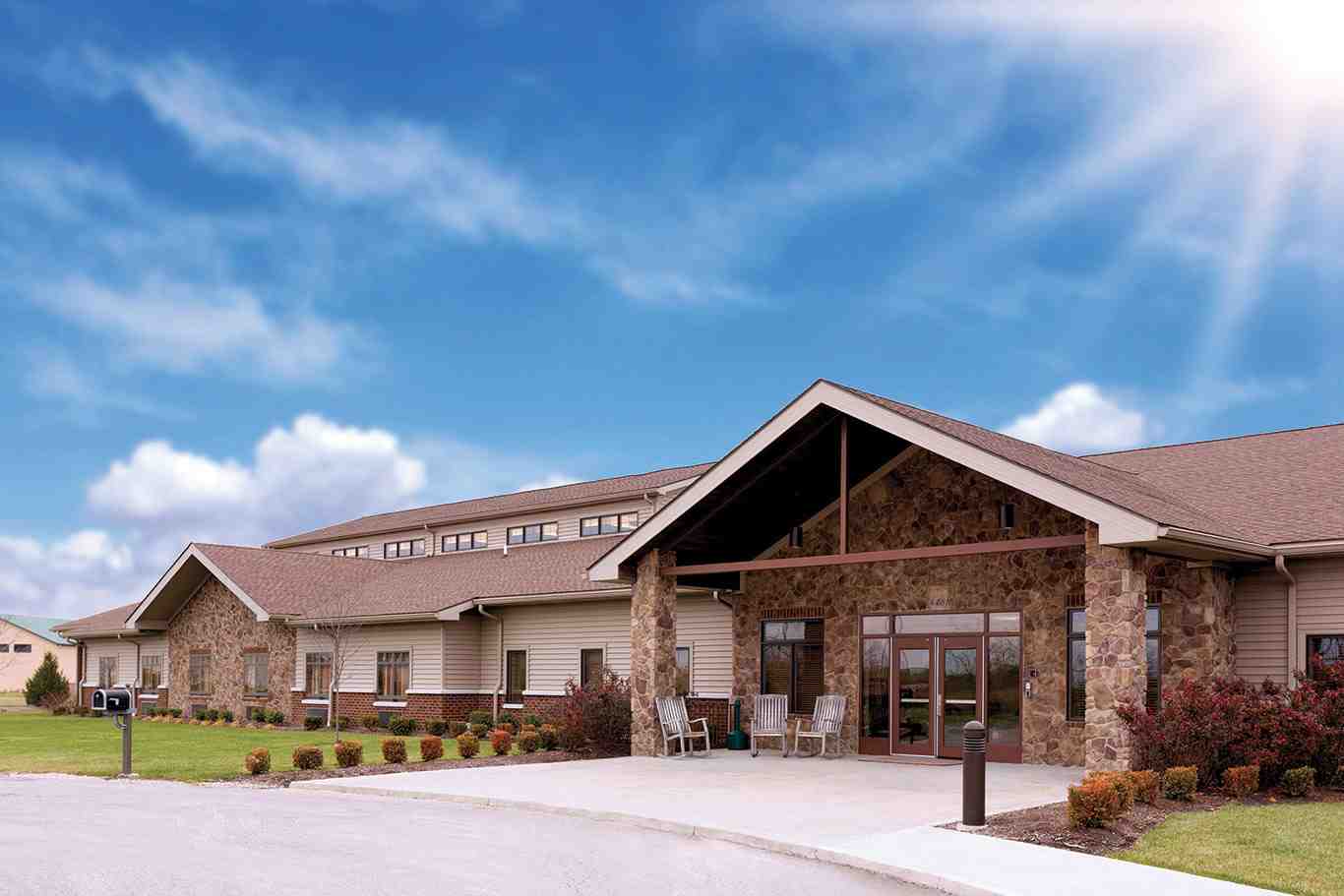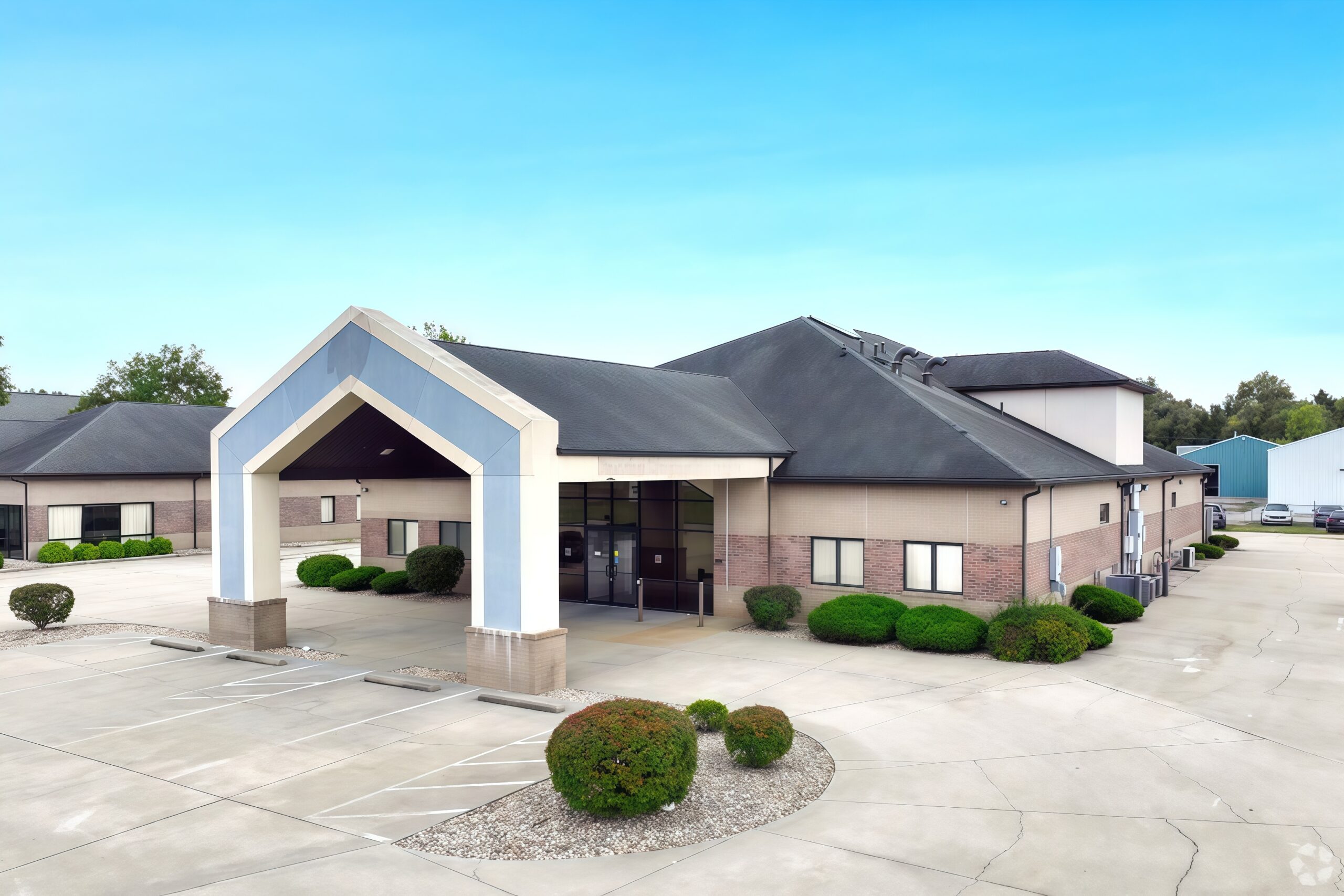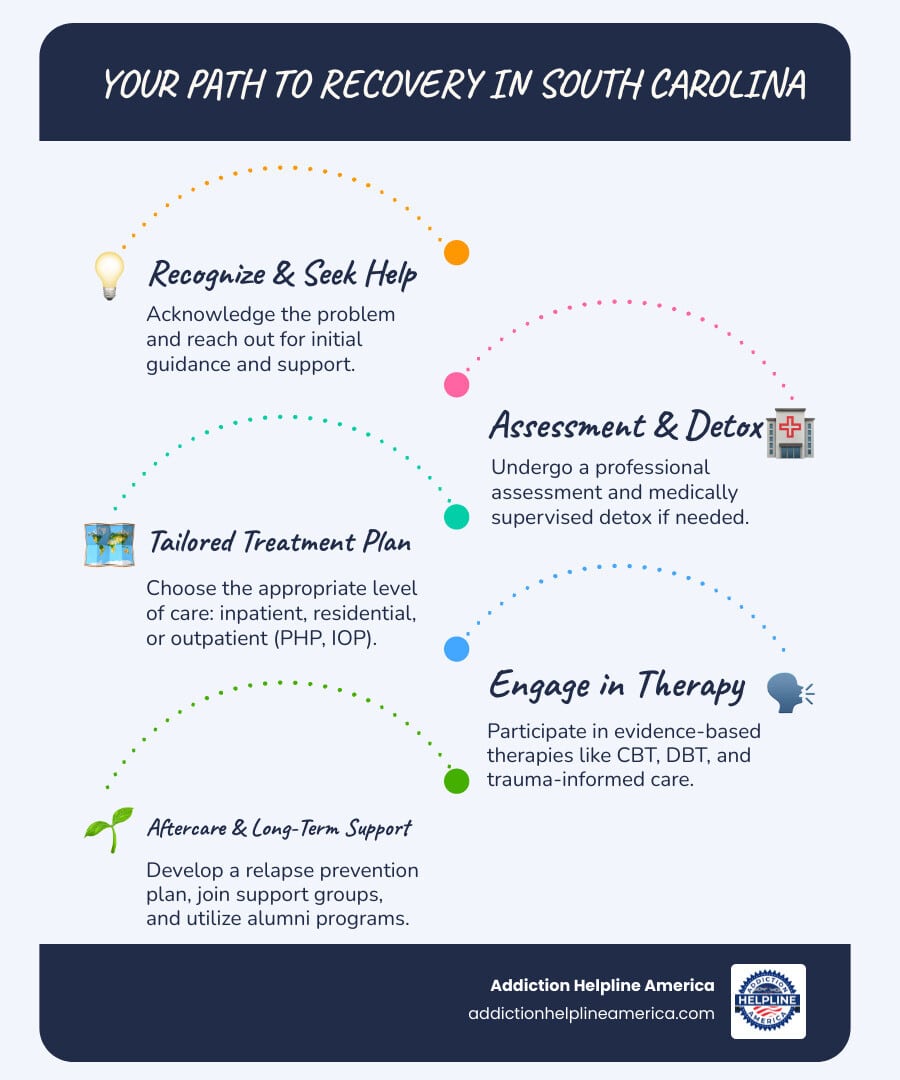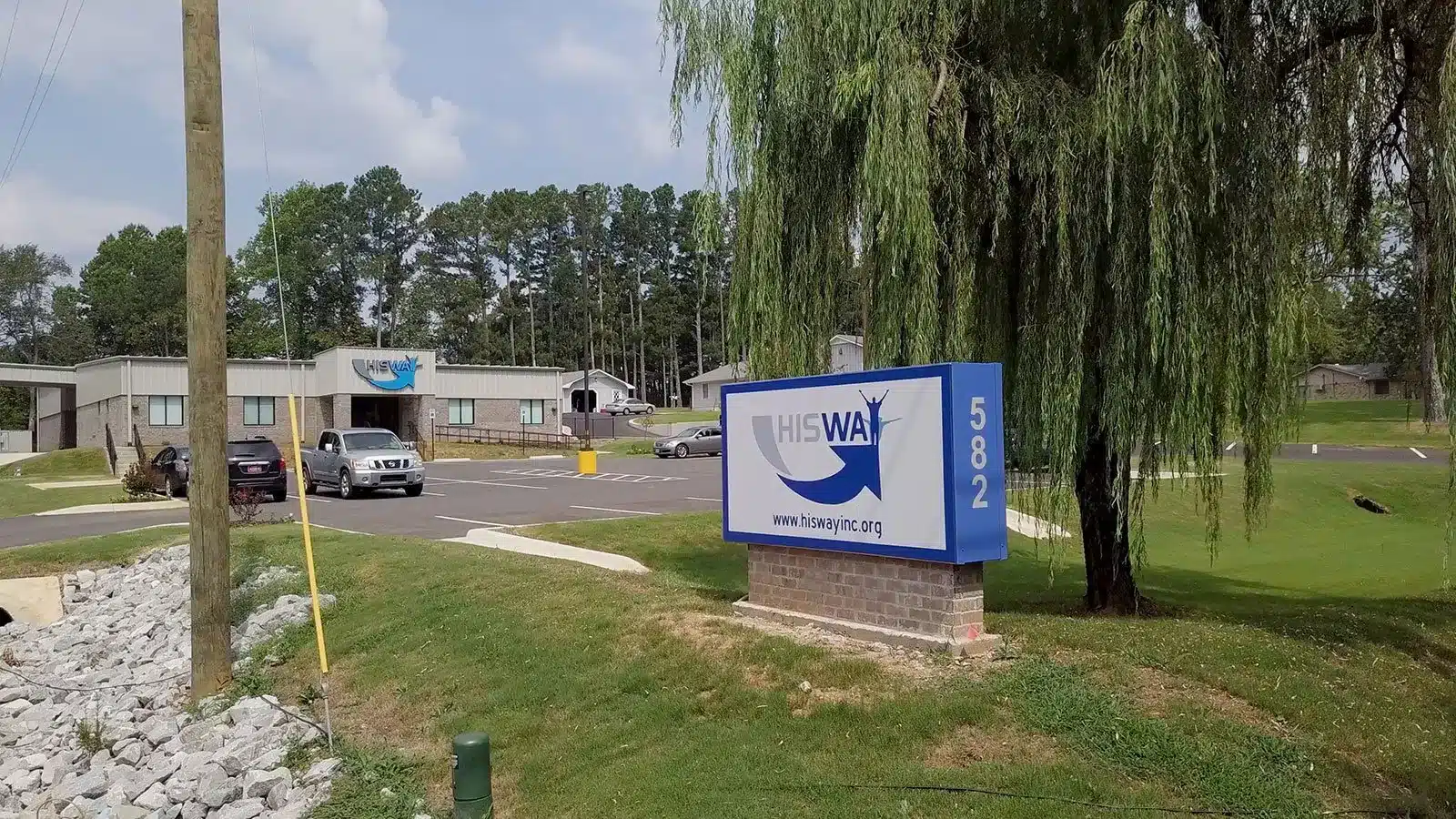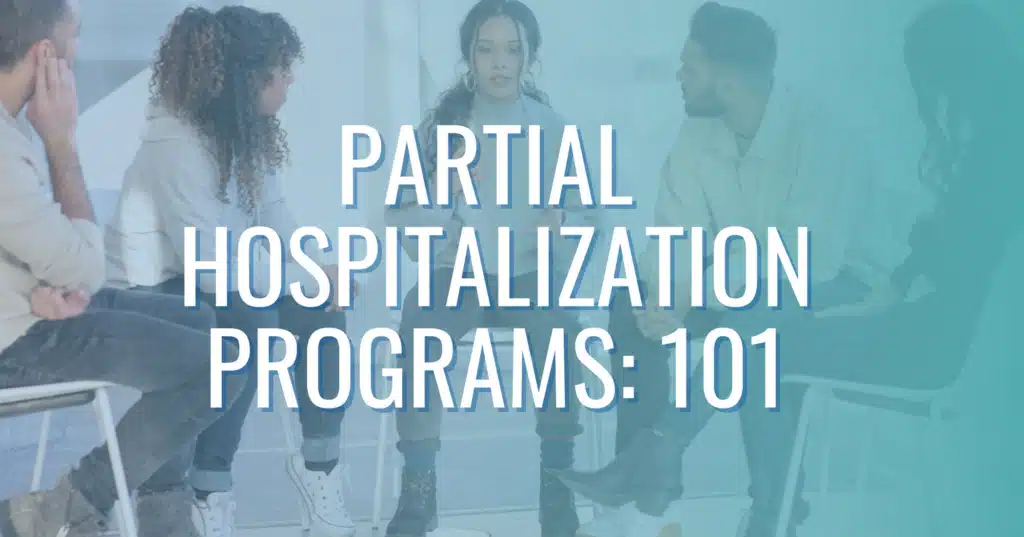
Understanding Your Path to Recovery
A partial hospitalization program (PHP) is an intensive mental health treatment option bridging the gap between inpatient hospitalization and outpatient care. Patients attend structured therapy and medical services during the day—typically 4 to 6 hours, 5 days a week—and return home each evening.
Quick Overview: What is a Partial Hospitalization Program?
- Treatment Type: Intensive outpatient mental health or addiction care
- Schedule: 20+ hours per week, Monday-Friday (typically 10 a.m. – 3 p.m.)
- Duration: Usually 2 to 4 weeks
- Services: Group therapy, individual counseling, medication management, crisis intervention
- Who It’s For: Adults needing more support than weekly therapy but not requiring 24/7 hospitalization
- Setting: Hospital outpatient department or community mental health center
- Living: Patients return home each evening
PHPs are a vital option for individuals with serious mental health symptoms—like depression, anxiety, or bipolar disorder—that significantly impact daily functioning. The program provides intensive support without a full-time hospital stay, allowing you to maintain connections with family and work while receiving comprehensive treatment.
One mother who attended a specialized mother-baby PHP described it as “life-changing,” feeling “validated, heard, and supported by therapists and peers” during a difficult time.
At Addiction Helpline America, we guide individuals and families toward the right mental health and addiction treatment resources, including PHPs custom to their needs. Navigating treatment options can be overwhelming, especially in a crisis. We’re here to provide the confidential support you need to take that crucial first step.
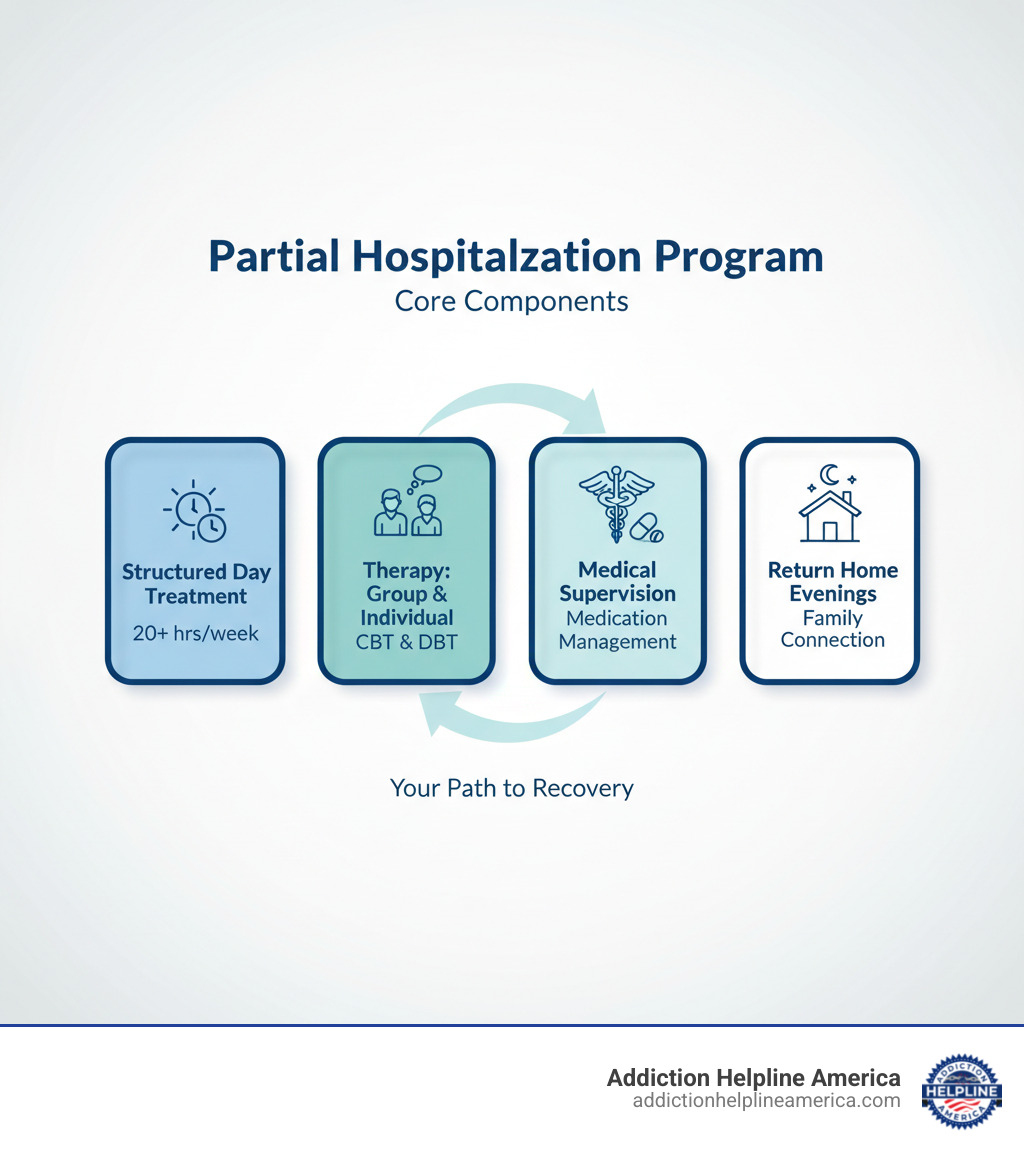
Who Qualifies for PHP and What Conditions Are Treated?
A partial hospitalization program is for individuals who need structured, intensive support but are medically stable enough to return home each evening. You may qualify if you are not an immediate danger to yourself or others and have a safe home environment. A key requirement is the motivation to attend daily and actively participate in your recovery.

PHPs are effective for those whose mental health symptoms or addiction make daily functioning difficult. It’s an ideal step-up from weekly therapy that isn’t providing enough support, or a step-down from inpatient hospitalization to ease the transition back to daily life.
Partial hospitalization programs treat a wide range of conditions, including:
- Depression
- Bipolar disorder
- Anxiety disorders (e.g., generalized anxiety, panic disorder)
- Post-traumatic stress disorder (PTSD)
- Schizophrenia and other psychotic disorders
- Eating disorders
Many PHPs also specialize in treating co-occurring disorders (dual diagnosis), where mental health and substance use disorders are addressed simultaneously. Some programs offer specialized tracks for adolescents, older adults, or new mothers with perinatal mood disorders.
Find mental health information and support resources
Call Now – Your Journey to Recovery Begins Today!

Take the first step towards a healthier life! Call now to connect with our compassionate team and start your recovery journey today. Your path to healing awaits!
Our recovery specialists are available 24/7 to provide support, and all calls are confidential and free. Reach out anytime – we’re here to help!
What are the benefits of attending a PHP?
The benefits of a PHP are designed to deliver tangible results in a short time.
- Symptom Stabilization: The intensive daily structure helps calm acute symptoms and provides relief.
- Crisis Prevention: Daily check-ins and professional support help catch problems before they escalate, often preventing hospitalization.
- Developing Coping Skills: You’ll learn and practice practical tools (like managing stress or processing emotions) for daily life.
- Peer Support: Group therapy connects you with others who understand your struggles, reducing isolation and fostering a healing community.
- Structured Environment: A consistent daily schedule provides routine and accountability, which is comforting when life feels chaotic.
- Medication Adjustments: Regular access to psychiatrists allows for timely and effective fine-tuning of your medications.
A PHP empowers you to take an active role in your recovery, building a foundation for lasting wellness while maintaining connections to your life outside of treatment.
What to Expect During a Partial Hospitalization Program
A partial hospitalization program (PHP) immerses you in a therapeutic environment during the day, allowing you to return home at night.
A typical PHP lasts 2 to 4 weeks, with an intensive schedule of 4 to 6 hours per day, 3 to 5 days per week. This ensures you receive at least 20 hours of therapeutic services weekly, usually from Monday to Friday during daytime hours (e.g., 10 a.m. – 3 p.m.).
You’ll be supported by a multidisciplinary team that may include:
- Psychiatrists for medication management.
- Therapists (counselors, social workers) for individual and group sessions.
- Nurses to monitor physical health.
- Peer Specialists who offer support from their own recovery experience.
What services are typically offered in a PHP?
PHPs offer comprehensive services to address your mental well-being and recovery from multiple angles:
- Group Therapy: The cornerstone of PHP, offering peer support and skill-building.
- Individual Therapy: One-on-one sessions to work on personal challenges.
- Family Counseling: Involving loved ones to strengthen your support system.
- Medication Management: Regular psychiatric consultations to optimize your medication.
- Psychoeducation: Groups that help you understand your condition and treatment.
- Skills-Building Groups: Practical training in therapies like Cognitive Behavioral Therapy (CBT), Dialectical Behavior Therapy (DBT), and Acceptance and Commitment Therapy (ACT).
- Specialized Groups: Sessions focused on stress management and relapse prevention.
- Holistic Therapies: Many programs include yoga, art, or music therapy to support overall well-being.
Learn more about mental health treatments
What happens after discharge from a PHP?
Discharge is a planned transition to continue your recovery. Your team will create a comprehensive aftercare plan that typically includes:
- A step-down to a less intensive program, like an Intensive Outpatient Program (IOP) or traditional outpatient therapy.
- Referrals to therapists for ongoing counseling.
- Connections to support groups, such as 12-step programs.
- A continuing care plan with strategies for maintaining progress, including follow-up appointments for medication management.
The goal is to equip you with the tools and support needed for long-term success.
PHP vs. Other Levels of Care: Finding the Right Fit
Understanding where a partial hospitalization program fits within the spectrum of mental health treatment can help you make an informed decision. PHPs occupy a vital middle ground, offering hospital-level intensity without the overnight stay.
When you’re trying to figure out what level of care makes sense, it helps to compare the key differences. The table below shows how a partial hospitalization program stacks up against other treatment options:
| Factor | Inpatient Treatment | Partial Hospitalization Program (PHP) | Intensive Outpatient Program (IOP) | Traditional Outpatient Care |
|---|---|---|---|---|
| Intensity | Highest | High | Moderate | Lowest |
| Time Commitment | 24/7 supervision | 4-6 hours/day, 3-5 days/week | 3-4 hours/day, 3-5 days/week | 1-2 hours/week |
| Supervision Level | Constant medical/clinical | Daily clinical, return home at night | Scheduled clinical, return home | Intermittent clinical |
| Living Situation | Reside at facility | Reside at home | Reside at home | Reside at home |
PHP vs. Inpatient
Inpatient treatment is the most intensive option, providing 24/7 supervision for immediate crises, such as being a danger to oneself or others or needing medical detox. A partial hospitalization program is a less restrictive alternative, offering similar therapies but allowing you to return home nightly. This makes PHP an excellent step-down from inpatient care or a robust alternative if you are medically stable and don’t require constant monitoring.
PHP vs. IOP
An Intensive Outpatient Program (IOP) is a step down from PHP in intensity. A partial hospitalization program involves more hours (4-6 per day) compared to an IOP (3-4 per day), creating a more immersive therapeutic experience. PHP is better for severe symptoms or as a transition from inpatient care. An IOP works well as a step-down from a PHP or a step-up from weekly therapy when you need more support.
PHP vs. Traditional Outpatient
Traditional outpatient care typically involves weekly or bi-weekly one-hour sessions. In contrast, a partial hospitalization program requires 20 or more hours of programming each week, with daily attendance and comprehensive services. If weekly therapy isn’t enough to manage your symptoms, a PHP provides the concentrated support and skill-building needed to make significant progress more quickly.
How to Access and Pay for a Partial Hospitalization Program
Accessing a partial hospitalization program is more straightforward than it may seem. Programs are designed to simplify the process when you need help quickly.

The referral process can begin with a self-referral by contacting a program directly. Your therapist, psychiatrist, or primary care doctor can also provide a referral. For those leaving an inpatient unit, the hospital team often coordinates the transition to a PHP.
Next is an intake evaluation, a detailed conversation with a clinician to ensure PHP is the right level of care. For insurance coverage, a professional must establish medical necessity, certifying that your symptoms are serious enough to require this intensive level of care.
The cost of a PHP is generally more affordable than inpatient treatment since it doesn’t include room and board. Most major private insurance plans (like Blue Cross Blue Shield, Cigna, Aetna, and UnitedHealthcare) cover PHP services. Medicare Part B and most state Medicaid programs also provide coverage.
At Addiction Helpline America, we can verify your insurance benefits and help you find a covered partial hospitalization program. This is a free, confidential service to help you get the care you need without the stress of navigating insurance.
Find treatment options with Addiction Helpline America
Before you commit, ask your insurance provider these questions:
- Does my plan cover partial hospitalization programs?
- Do I need pre-authorization?
- What is my deductible and co-insurance or co-payment?
- Can you provide a list of in-network PHP providers?
- Is there a maximum number of days my plan will cover?
If you lack insurance, don’t give up. Some facilities offer sliding-scale fees or payment plans. It’s always worth asking about your options.
Call Now – Your Journey to Recovery Begins Today!

Take the first step towards a healthier life! Call now to connect with our compassionate team and start your recovery journey today. Your path to healing awaits!
Our recovery specialists are available 24/7 to provide support, and all calls are confidential and free. Reach out anytime – we’re here to help!
Frequently Asked Questions about PHPs
What is a typical day like in a partial hospitalization program?
A day in a partial hospitalization program is structured and focused on your recovery, typically running for 5 to 6 hours. A typical day includes:
- Morning Check-in: A group meeting to share how you’re feeling and set intentions for the day.
- Group Therapy Sessions: The core of the day, with sessions on psychoeducation, skills-building (using CBT, DBT, or ACT), and processing emotions with peers.
- Lunch Break: A chance to socialize and relax. Many programs provide meals.
- Individual Check-ins: Throughout the week, you’ll have one-on-one sessions with your therapist or psychiatrist to address personal challenges and manage medication.
- Goal Setting: The day often ends with reflection and setting goals for the evening, helping you apply what you’ve learned.
Can I keep my job while attending a PHP?
This is a common concern. Since most PHPs run during business hours (e.g., 9 a.m. to 3 p.m., Monday-Friday), it can conflict with full-time work. However, you have options.
The Family and Medical Leave Act (FMLA) may allow you to take unpaid, job-protected leave for medical treatment. Check if you and your employer are eligible. Some employers may also offer flexible arrangements or temporary leave.
While balancing work and treatment can be difficult, it’s important to prioritize your health. The intensive nature of a PHP is most effective when you can fully commit to your recovery. Discuss your concerns with the PHP intake coordinator for guidance.
What if I am in a mental health crisis?
A partial hospitalization program includes crisis intervention and safety planning. However, a PHP is not for immediate medical emergencies.
If you are in crisis, call or text 988 or chat at 988lifeline.org. The 988 Suicide & Crisis Lifeline provides 24/7, free, and confidential support.
Call 911 if you are in immediate medical danger, such as having already harmed yourself or being in a situation that requires police or medical intervention.
Once you are stable, a PHP is an excellent next step for intensive treatment. At Addiction Helpline America, we can help connect you with appropriate PHP resources once you’re ready for that level of care. Your safety always comes first.
Taking the Next Step in Your Recovery Journey
Researching partial hospitalization programs is a courageous first step toward recovery. Taking this step shows you are serious about finding a path to wellness.
As we’ve covered, a PHP offers a unique bridge between crisis and stability. It provides the intensive, structured support of hospital-level care with the freedom to return home each evening. In a PHP, you learn practical coping skills, find community with peers who understand, and receive guidance from a dedicated team, all while staying connected to your life. It’s a place where you can see that recovery is not just possible—it’s within your reach.
We know that figuring out the next steps can feel overwhelming. You don’t have to do it alone.
At Addiction Helpline America, we help individuals and families steer these questions every day. Our team provides free, confidential guidance to help you find the right program from our extensive network of treatment centers. We take the time to understand your situation, verify your insurance, and connect you with options that fit your needs. There’s no judgment and no pressure—just honest support.
Your mental health and recovery matter. You deserve personalized support to find the right care.
Find personalized addiction and mental health support today
Our helpline is 100%
free & confidential
If you or someone you care about is struggling with drug or alcohol addiction, we can help you explore your recovery options. Don’t face this challenge alone—seek support from us.
Programs
Resources
Will my insurance
cover addiction
treatment?
We're ready to help
Find the best
drug or alcohol treatment
center
Are you or a loved one struggling with addiction? Call today to speak to a treatment expert.






